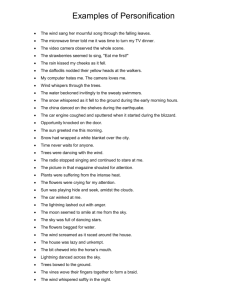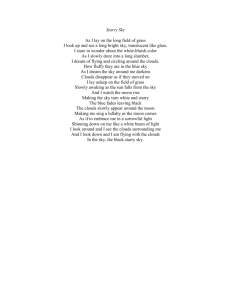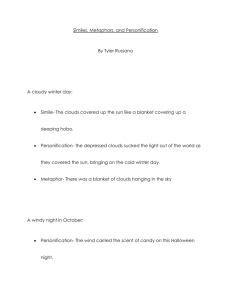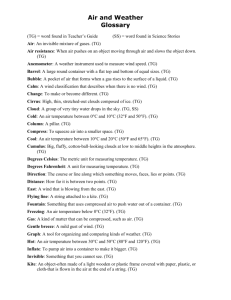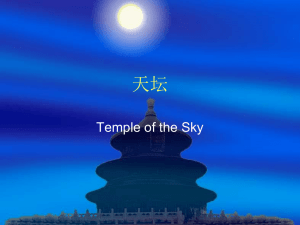Turning
advertisement
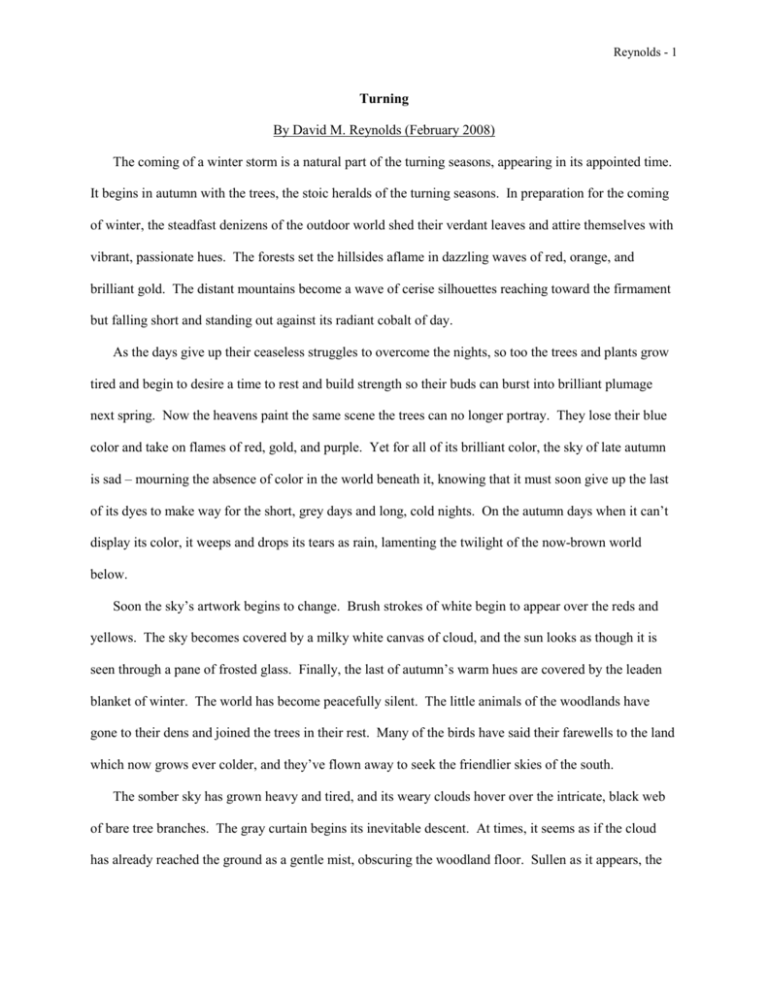
Reynolds - 1 Turning By David M. Reynolds (February 2008) The coming of a winter storm is a natural part of the turning seasons, appearing in its appointed time. It begins in autumn with the trees, the stoic heralds of the turning seasons. In preparation for the coming of winter, the steadfast denizens of the outdoor world shed their verdant leaves and attire themselves with vibrant, passionate hues. The forests set the hillsides aflame in dazzling waves of red, orange, and brilliant gold. The distant mountains become a wave of cerise silhouettes reaching toward the firmament but falling short and standing out against its radiant cobalt of day. As the days give up their ceaseless struggles to overcome the nights, so too the trees and plants grow tired and begin to desire a time to rest and build strength so their buds can burst into brilliant plumage next spring. Now the heavens paint the same scene the trees can no longer portray. They lose their blue color and take on flames of red, gold, and purple. Yet for all of its brilliant color, the sky of late autumn is sad – mourning the absence of color in the world beneath it, knowing that it must soon give up the last of its dyes to make way for the short, grey days and long, cold nights. On the autumn days when it can’t display its color, it weeps and drops its tears as rain, lamenting the twilight of the now-brown world below. Soon the sky’s artwork begins to change. Brush strokes of white begin to appear over the reds and yellows. The sky becomes covered by a milky white canvas of cloud, and the sun looks as though it is seen through a pane of frosted glass. Finally, the last of autumn’s warm hues are covered by the leaden blanket of winter. The world has become peacefully silent. The little animals of the woodlands have gone to their dens and joined the trees in their rest. Many of the birds have said their farewells to the land which now grows ever colder, and they’ve flown away to seek the friendlier skies of the south. The somber sky has grown heavy and tired, and its weary clouds hover over the intricate, black web of bare tree branches. The gray curtain begins its inevitable descent. At times, it seems as if the cloud has already reached the ground as a gentle mist, obscuring the woodland floor. Sullen as it appears, the Reynolds - 2 meeting of earth and sky is peaceful and dear, as if the clouds and the earth are clinging to one another in a loving embrace to bring the expression of warmth to a cold world. Added to the embrace of the sky and earth now is the gentle kiss of the northeast breeze. It quietly brushes the mists away to clear the way for the new snowfall. A few tiny flakes float hesitantly to the ground as if the sky itself is reluctant to release its precious diamond shards. Soon, though, the clouds are eager to release their heavy burdens, and the air becomes dappled with white flecks as the snowflakes flutter lazily to earth. Now the breeze begins to strengthen, ready to distribute the snow across the world. The air becomes alive with white, and it soon covers the ground as well. Chilled by the sighing winter winds, the frozen ground readily accepts the white blanket. The whole world sleeps. The snow keeps falling, and the sky grows darker as it foretells the coming of the long night. When morning comes, the world is changed. The earth is hushed, still asleep under its alabaster blanket. The sky, however, celebrates the removal of its burden and sings in exuberant tones of cerulean. The sun shines like a golden bauble in the blue, and its light glitters from every corner of the lustrous, billowing world. Wolves and white foxes romp and revel in their new playground, sending up clouds of powder with their play. Like the world around them, they know that nothing is forever. Spring will come and bring new joys to the earth, but they rejoice in the present because they know that all things are passing. They know that each thing ends – and begins again – in its appointed time.

